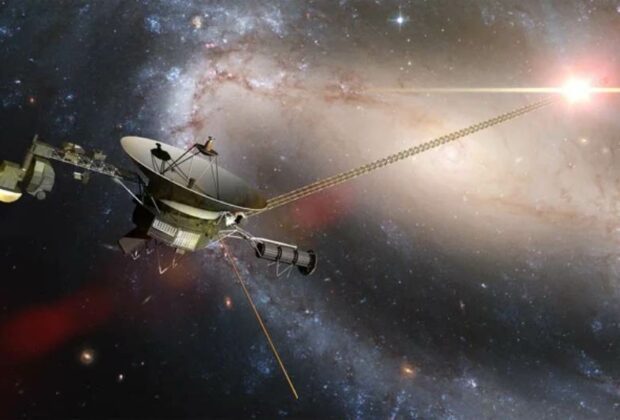Everyone can now exhale with relief. All right, everyone. Now that it is back up and running, all four of NASA’s science instruments on board Voyager 1 are sending back useful data to Earth.
The issues started when Voyager 1 was unable to “speak” with us in November 2023. More precisely, it began transmitting incomprehensible data to Earth in place of the binary code’s typical 0s and 1s. Given that Voyager 1 is 46 years old, which is old for a spaceship, it was not shocking in the slightest that it would be losing health. Not to mention that it is located about 15 billion miles (24 billion kilometers) from Earth in completely unexplored interstellar space.
The tenacious crew of Voyager 1 was committed to not only identifying the issue but also finding a solution. And they’ve been successful! The problem was found by controllers to be with the flight data subsystem (FDS), which is used to “package” data for transmission to Earth.
After more investigation, they identified the precise chip that was the source of the issue and were able to come up with a fix. Voyager 1 ultimately returned with comprehensible data on April 20, 2024, although only from two of its four science instruments. This was after the researchers moved the code to a different spot in the FDS. After a mere two months, the last two science instruments on board Voyager 1 have been restored to functionality and are successfully in communication with mission control located on Earth.
But even if Voyager 1 had permanently lost contact, the mission would have been an incredible success. Its main goal at launch in 1977 was to research Jupiter and Saturn, a task it completed by 1980. (Voyager 2, its twin spacecraft, continued to explore Neptune and Uranus.) But Voyager 1 is headed in an unstoppable direction. In 2012, the spacecraft continued its voyage away from Earth and entered interstellar space, returning vital information about this enigmatic domain.
The team will continue to “touch up” Voyager 1 now that it is back online in order to get it operating at peak efficiency. This will involve maintaining the digital tape recorder that measures plasma waves and resynchronizing the spacecraft’s timekeeping software to ensure commands are executed on schedule. And let’s hope Voyager 1 has many more happy and long years to come.








